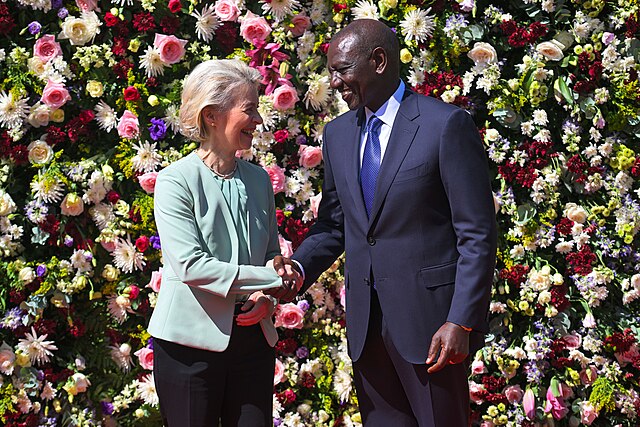
In a typical Scooby Doo episode or movie, the mystery gang encounters various supernatural phenomenon and searches for clues to solve the mystery. Usually Warner Brothers chooses monsters, zombies, ghosts or other classic horror characters to provide the scare factor, but in the new Scooby Doo movie, “Scooby Doo! Frankencreepy,” they decided to take an unconventional route. When Daphne encounters the monster, it places a horrifying curse on her. She balloons from her size two frame all the way up to a size eight. Clearly Warner Brothers takes women’s body image issues to heart.
They depict the cursed Daphne comically rotund – think Aunt Marge in the third Harry Potter movie after Harry accidently curses her. Perhaps not that large, but close.
For those of you who don’t know, a size eight is smaller than the average size of an American woman, which ranges from a 12 to 14. For visual representations, celebrities Kate Winslet, Miranda Lambert, Kim Kardashian and Mindy Kaling all claim to be a size eight. On a side note, the sizes of celebrities are mostly speculated and their accuracy is dubious at best.
If you visualize Aunt Marge against any of these celebrities, something doesn’t add up. Warner Brothers portrays a healthy and normal size eight as not only obese, but as undesirable and repulsive, as Daphne’s reaction indicates.
As a cartoon, Scooby Doo targets a younger audience with impressionable minds. This particular movie sends the message that being fat, a “fat” size eight mind you, is appalling and so outlandishly gross that a supernatural creature curses her to the size. This distorts young girls’ notions of what it means to be healthy and normal. The girls internalize these messages, which potentially lead to body image problems when they get older.
According to the National Eating Disorders Association, “81 percent of 10 year olds are afraid of being fat,” and “42 percent of first through third grade girls want to be thinner.” At 10 years old, I was obsessed with pirates, climbing trees and reading books. The only concepts of body image I had when I was ten were of scraped knees and calluses on my palms from playing on monkey bars.
Girls as young as six should not be concerned with being thinner. Children’s lists of fears should include ghosts, the dark or monsters under their beds, but not being fat. We should encourage kids to be healthy and active, but not promote destructive notions of body image.
As a nation struggling with obesity and rising obesity rates in children, we want to instill healthy habits in children – not that what Warner Brothers did with Daphne is remotely associated with instilling healthy notions – but sometimes our efforts end up having negative, unintended consequences. What kids see on TV or other media helps shape their understanding of social norms. Then as they get older, they reflect the norms they learned, good or bad.
According to BodyImage3D, “54 percent of women would rather be hit by a truck than be fat.” Take a minute to digest what that means. The potential harmful outcomes of being hit by a truck range from a few broken bones to paralysis to death. Assuming the women surveyed presumed they would survive the truck accident, they still said they would choose potential paralysis over being fat. We unquestioningly have a grossly warped idea of what it means to be healthy.
Not only should we stop stigmatizing certain sizes and placing value on smaller sizes, we should encourage more women and men to express positive views toward their bodies. We easily express dissatisfaction toward our bodies, but rarely talk about what we like about them. To fight the rising rates of both obesity and eating disorders, we need to encourage health over size and positivity over criticism.
Maral Margossian is a Collegian columnist and can be reached at [email protected].


















Justin • Oct 18, 2014 at 6:50 am
Yea, the biggest problem this country is facing is too many skinny people. Obesity is nothing to be celebrated – it is hugely damaging to peoples health an well being later in life.